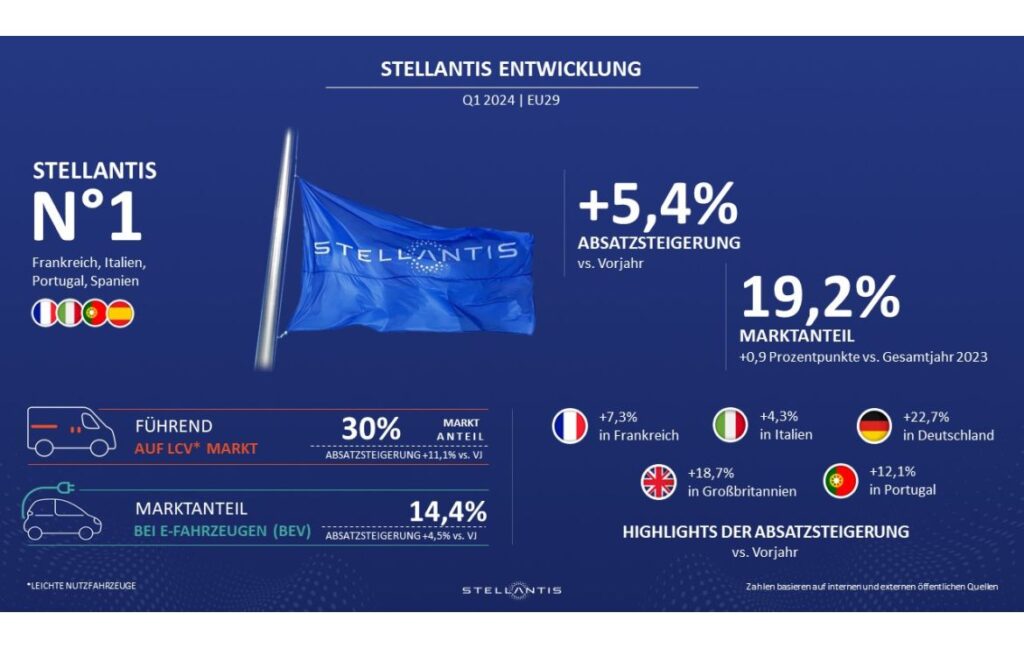
The Importance of Stellantis in the Automotive Industry
Stellantis, formed in January 2021 from the merger of Fiat Chrysler Automobiles and the French PSA Group, has rapidly become a significant player in the automotive landscape. With a focus on sustainability and innovation, the brand is set to redefine the future of mobility, aligning with the global shift towards electric vehicles and advanced technology.
Recent Developments and Innovations
Recently, Stellantis announced ambitious plans to invest over €30 billion in electrification and software by 2025. This investment is part of their strategy to offer a broad range of electric vehicles across their portfolio, which includes brands such as Jeep, Chrysler, and Peugeot. The company aims for 70% of its sales in Europe and 40% in the United States to be low-emission vehicles by 2030.
A significant part of Stellantis’s strategy is the introduction of the STLA platform, which is designed to accommodate a wide variety of battery sizes and configurations. This modular architecture will allow the company to produce a diverse range of vehicles with varying electrification levels, enhancing flexibility and efficiency in manufacturing.
Market Position and Strategic Collaborations
Stellantis is already witnessing a positive market response, with their sales slowly recovering post-pandemic. Notably, the company has been forging strategic partnerships to enhance its electric vehicle offerings. Collaborations with tech firms and battery manufacturers are being established to secure a supply chain that can support the production of electric and hybrid vehicles.
Moreover, Stellantis is focusing on diversifying its production facilities to expand into emerging markets. Earlier this year, they opened a new plant in Poland dedicated to the production of electric vehicles, reinforcing their commitment to sustainable manufacturing processes.
Future Prospects for Stellantis
As the automotive industry pivots towards electrification, Stellantis appears poised to lead in several segments. Analysts predict that the strategic investments and innovative developments will position Stellantis favorably in both the short and long term. The success of electric vehicle models, along with their commitment to reducing carbon emissions, will likely enhance brand loyalty and attract a more environmentally conscious consumer base.
Conclusion
In conclusion, Stellantis is at the forefront of a transformative era in the automotive sector. As the company advances its electrification strategies, the impacts on the market will be significant. For consumers, this means a wider range of electric vehicles to choose from, while for investors, it signifies an opportunity to capitalize on the growing demand for sustainable mobility solutions. As Stellantis continues to innovate, its role in shaping the future of transportation cannot be underestimated.



